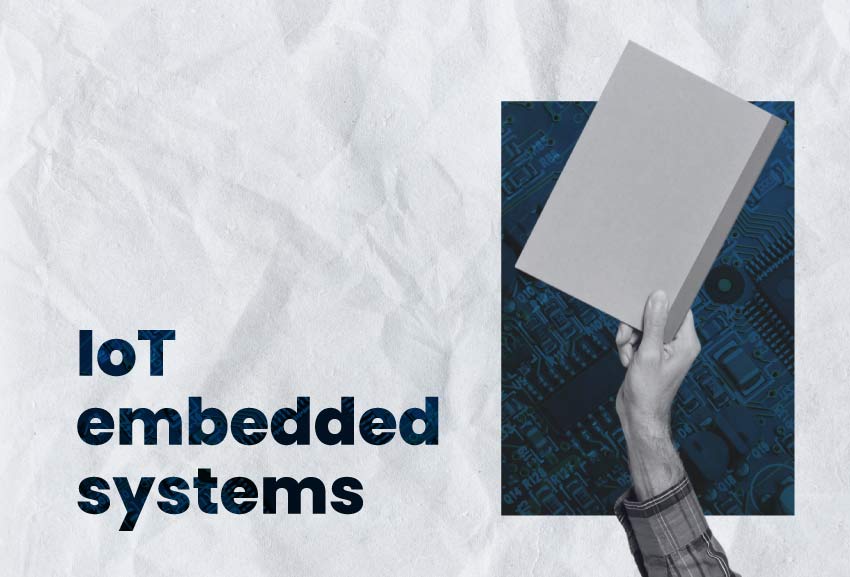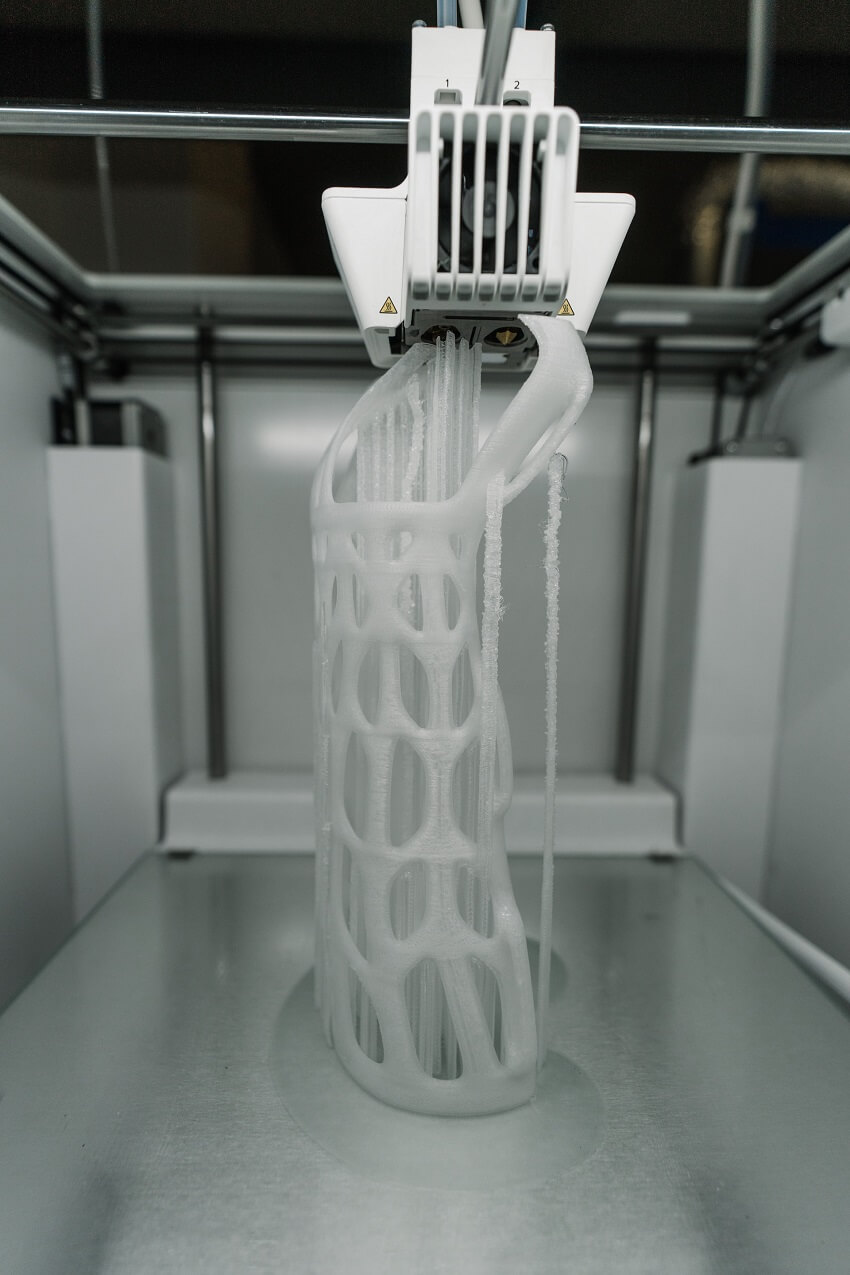In simple terms, IoT embedded systems are systems that are integrated within a device, machine, or hardware, and they are designed to support the connectivity and communication capabilities of the Internet of Things (why is IoT important).
Embedded IoT combines hardware and software components, such as microcontrollers, sensors, and communication modules, to allow the device to collect, process, and transmit data over a network.
Where are embedded systems IoT devices used?
IoT embedded systems are used in a variety of applications. You can find them in your smartwatch, smartphones, wearables, home automation systems, smart thermostats, healthcare devices, smart lights, smart grids, among others.
Why are they popular in these areas? Because they automatically work as data collectors, and this data can be used for many purposes.
For instance, there are very useful IoT sensors that contribute to improving daily tasks like controlling the temperature at home, that is the case of temperature sensors, you can also find humidity sensors, air quality sensors, motion sensors, and many more.
Benefits of embedded systems in IoT
Since they can be easily installed in hardware, IoT product product development companies try to design these components to be low-power, low-cost, and stable. With these characteristics, an IoT device can have really good components at a reasonable price. This helps a lot in the overall budget for developing IoT products.
On the other hand, you need to hire a professional firmware development company that guarantees a good performance of the IoT embedded system.
Thanks to these embedded systems, IoT devices can perform well under hard conditions, the connectivity is constant, and the monitoring can be done remotely. These components are crucial for good IoT device management.
Examples of IoT embedded systems
Let’s see how IoT embedded systems are used in real life scenarios:
For instance, in industries, companies use IoT embedded products to monitor and control the performance of several robots and machines. These devices can be installed in them, and around the area to analyze how they are operating.
With constant monitoring, people in charge can use data to look for new ways to increase productivity, and to reduce costs.
In a smart home, air conditioners bring embedded IoT that allow people to measure temperature and humidity of the house. So, a person can control the conditions of the house using his phone or app; the embedded system is constantly monitoring the environment, and this data is transmitted over the internet to the user’s phone.
We hope you liked this short definition of IoT embedded systems. Now you can go deeper into new IoT definitions that you may want to explore. See below for more related concepts.





